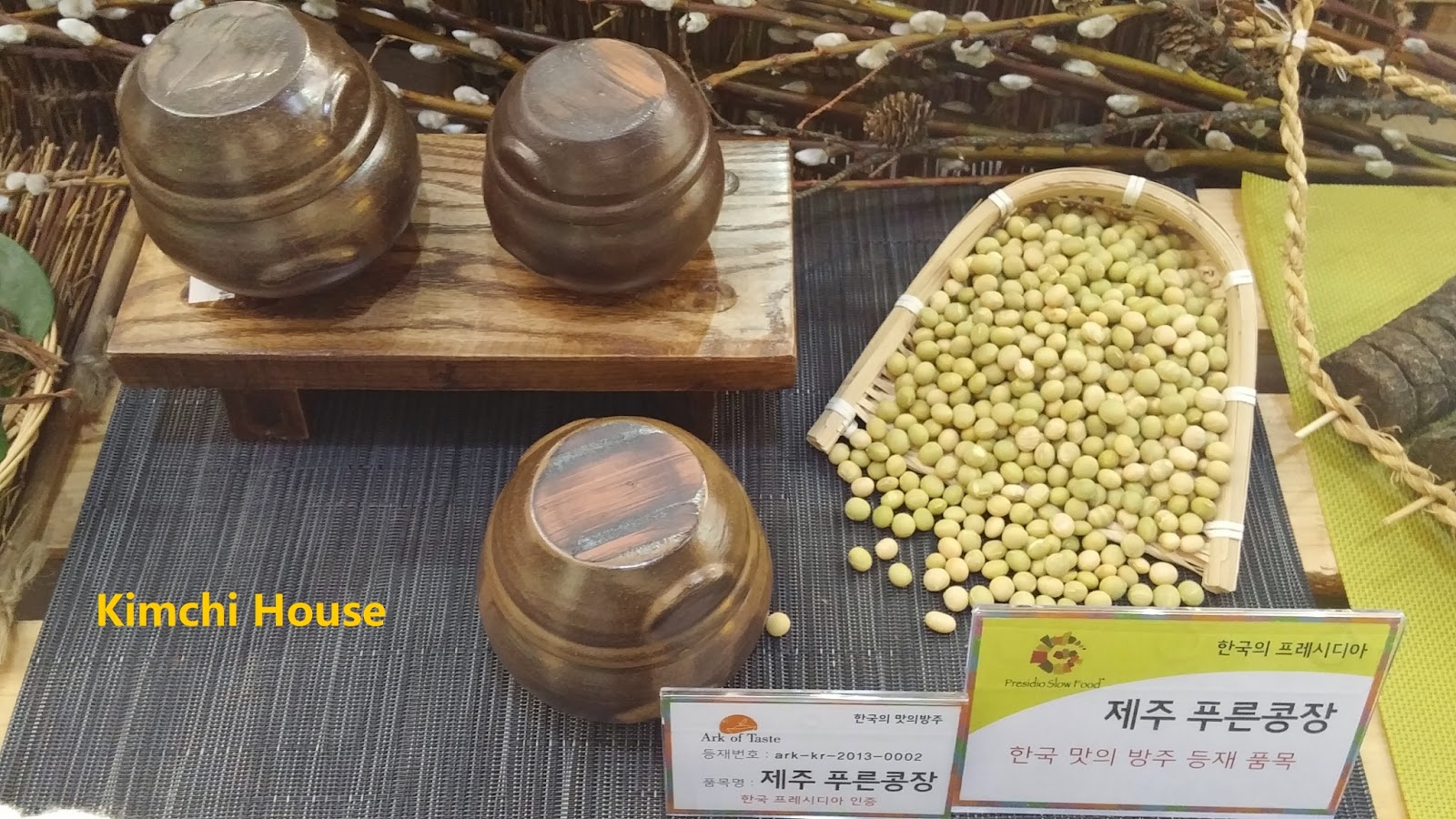Slow Food & Organic Farmers Festival is held at the AT Center in Yangjae,Seoul. Thanks Sarah Lee for inviting me, know more about Slow Food.
慢食运动&有机农展在首尔的Yangjae,AT Center举行。谢谢Sarah Lee的邀请,让我对慢食运动有更深的了解。。。
Slow Food is an international movement founded by
Carlo Petrini in 1986. Promoted as an alternative to
fast food, it strives to preserve traditional and regional
cuisine and encourages farming of
plants,
seeds and livestock characteristic of the local
ecosystem. It was the first established part of the broader
Slow Movement. The movement has since expanded globally to over 100,000 members in 150 countries. Its goals of sustainable foods and promotion of local small businesses are paralleled by a political agenda directed against globalization of agricultural products.
Objectives
The Slow Food movement incorporates a series of objectives within its mission, including:
- developing an "Ark of Taste" for each ecoregion, where local culinary traditions and foods are celebrated
- creating "Praesidia" grassroots organizations to promote slow foods to the public
- forming and sustaining seed banks to preserve heirloom varieties in cooperation with local food systems
- preserving and promoting local and traditional food products, along with their lore and preparation
- organizing small-scale processing (including facilities for slaughtering and short run products)
- organizing celebrations of local cuisine within regions (for example, the Feast of Fields held in some cities in Canada)
- promoting "taste education"
- educating consumers about the risks of fast food
- educating citizens about the drawbacks of commercial agribusiness and factory farms
- educating citizens about the risks of monoculture and reliance on too few genomes or varieties
- developing various political programs to preserve family farms
- lobbying for the inclusion of organic farming concerns within agricultural policy
- lobbying against government funding of genetic engineering
- lobbying against the use of pesticides
- teaching gardening skills to students and prisoners
- encouraging ethical buying in local marketplaces
Founder and President Carlo Petrini, believes "everyone has the right to good, clean and fair food." Good, meaning a high quality product with a flavorful taste, clean meaning the naturalness in the way the product was produced and transported and fair, meaning adequate pricing and treatment for both the consumers and producers.
慢食运动(
Slow Food)是由
意大利人
卡尔洛·佩特里尼提出,目的是对抗日益盛行的
快餐。运动提倡维持
单个生态区的饮食文化,使用与之相关的蔬果、促进当地饲养业及农业。亦是
慢生活运动最先实行的一部分。至今,该运动已发展至全球122个国家,有超过83,000名会员。
目标
- 建立及开发种子银行以保护本地食品系统中的传统且特有的蔬果。
- 发展及保护当地的传统美食,使之延续并发扬光大。
- 继承及发扬当地传统食品,包括食谱及制作方法。
- 提倡并组织小规模的生产流程(包括屠宰场及季节性食品)。
- 组织各种倡导本地美食的活动。
- 倡导对美食的品味。
- 教导消费者有关快餐的危害。
- 教导市民有关商业化农业及大型畜牧业的缺点。
- 教导市民有关单一作物及依赖少数基因组的危险性。
- 扶持小型家庭式农场并发展相关策略。
- 游说政府将有机农业包括于农业政策中。
- 反对政府拨款于遗传工程。
- 反对使用农药。
- 向学生及囚犯教授园艺。
- 鼓励良知消费。
- (source : wikipedia)
Citron Tea / 柚子茶
Wild Vegetables from "Woorong "/产自“Woorong” 的山菜。。。
Bean paste/豆酱。。。
Is the fermented tea, they call it "Dun Cha"/ 称为 “”Dun“茶,是一种经过发酵的茶叶。。
Bean paste/豆酱。。
Bean paste & soybean sauce/豆酱和酱油。。。
Traditional beverage from Jeju Island, they call it " Sundari"/是济州岛的一种传统饮品,称为“Sundari”。。
Red Potatoes/红色马铃薯。。。
In Korean,"꿩" means " Pheasant "; "엿/yeot" means " taffy"/在韩文 ,"꿩" 是指“
雉鸡”; "엿/yeot"是指 “麦芽糖”。。。
乌鸡。。。
Hansoni's Lily
Big Winter Melon/大冬瓜。。
Temple Food /禅食。。。。
Organic eggs/有机蛋
Bean paste/ 豆酱。。
Dried tangerine/柑片。。。










































